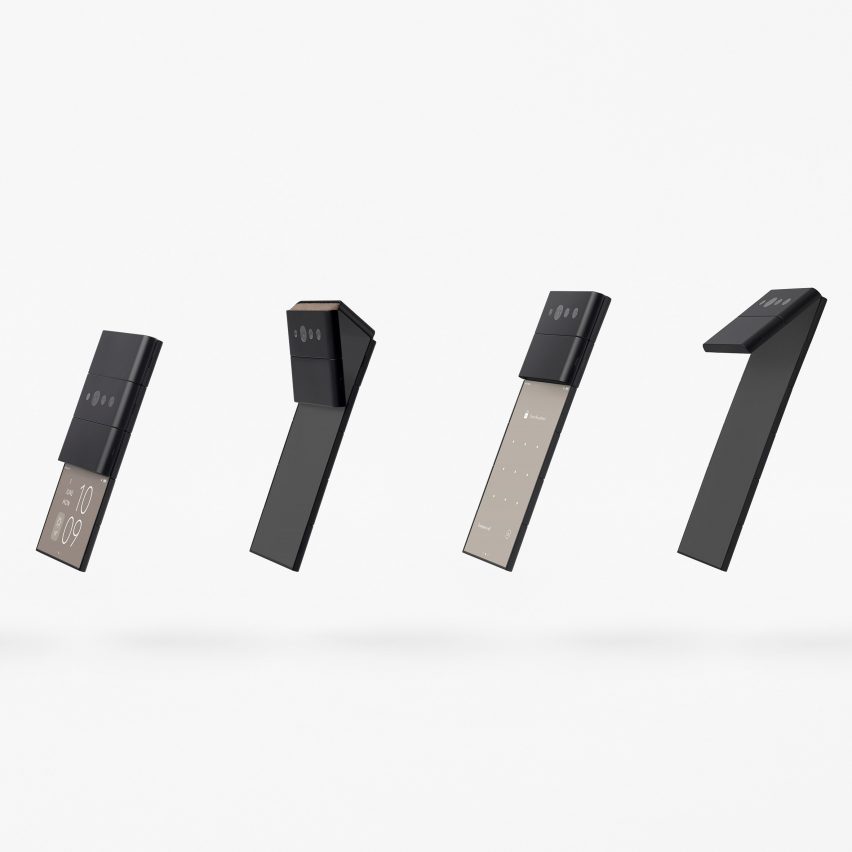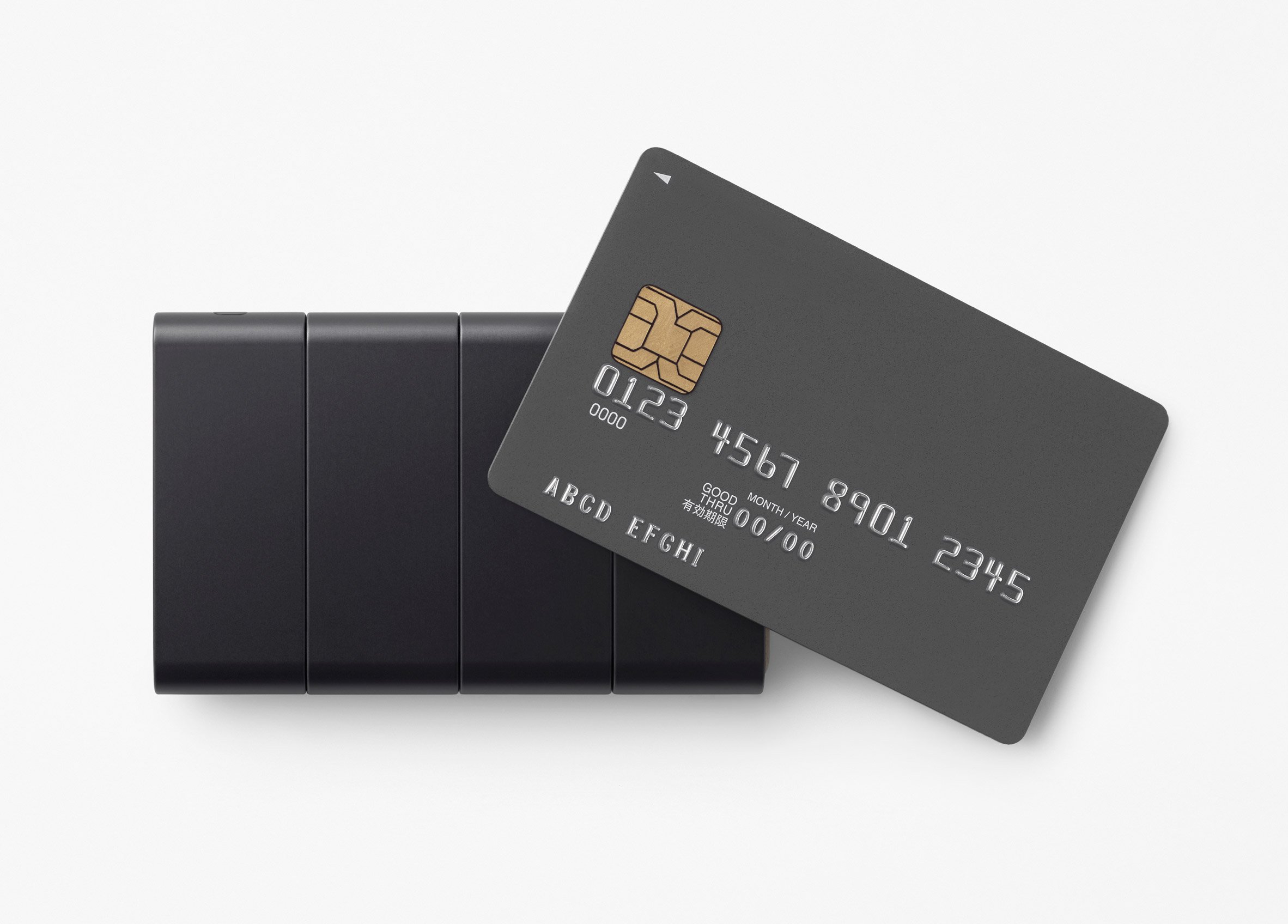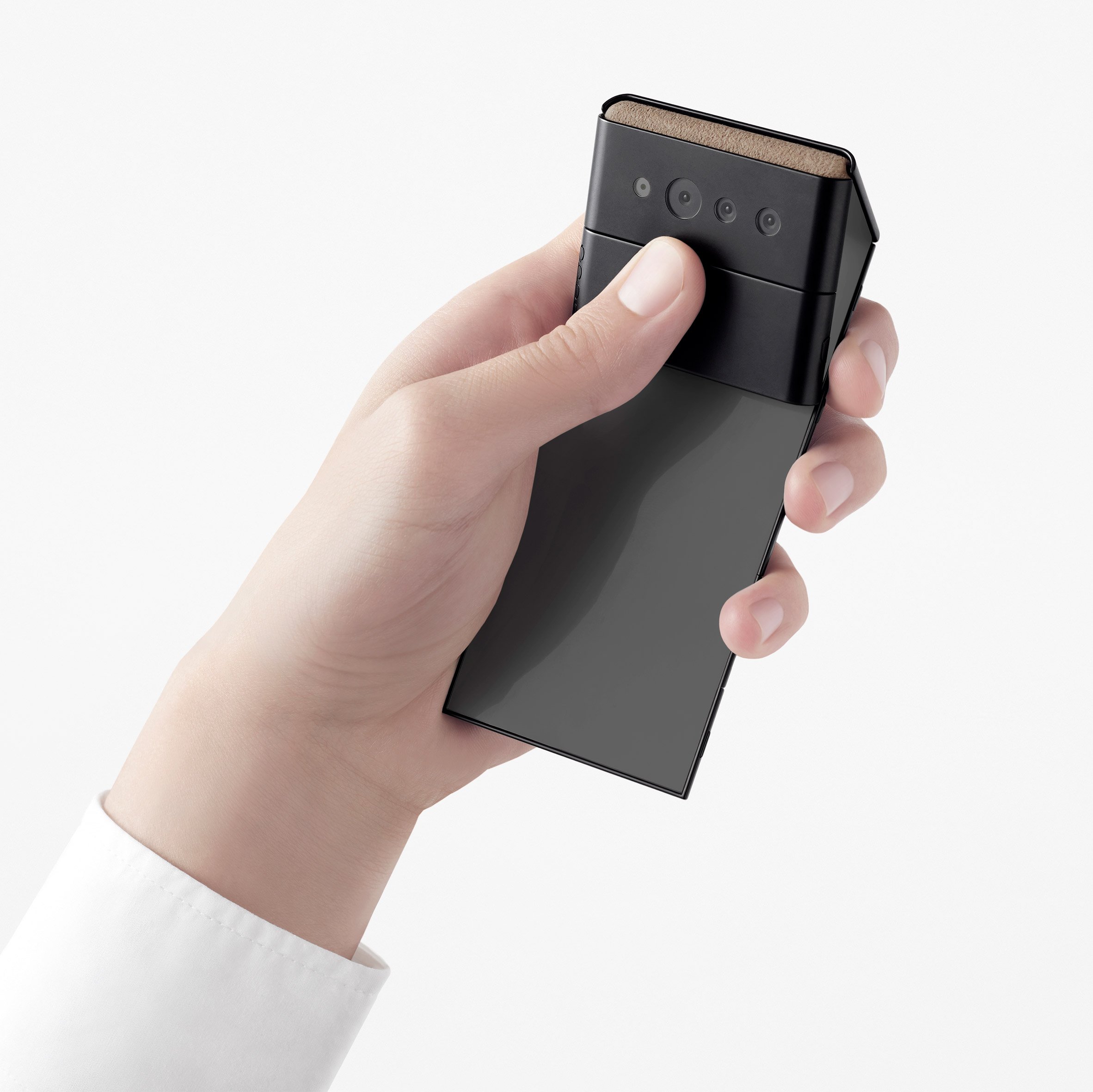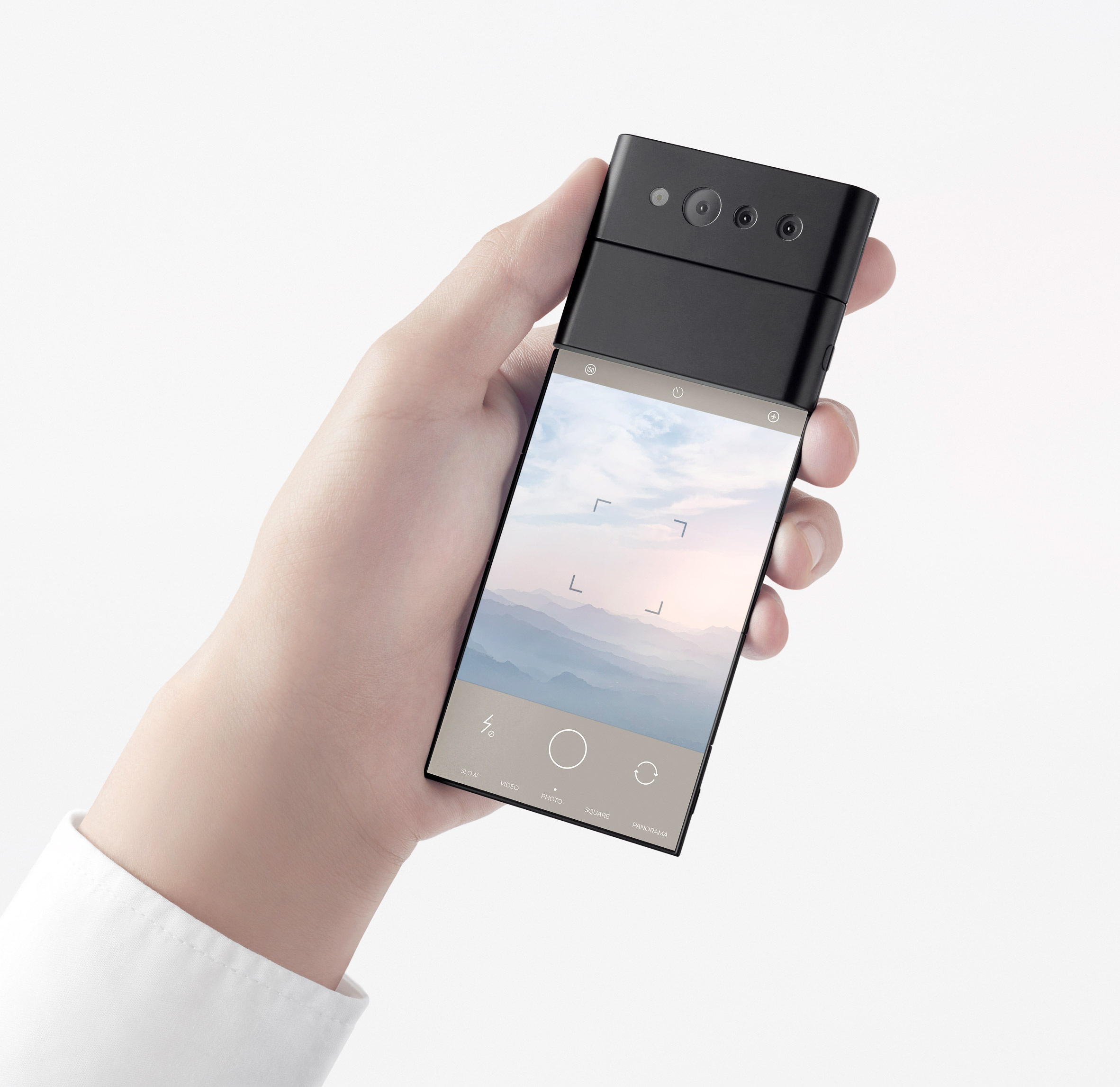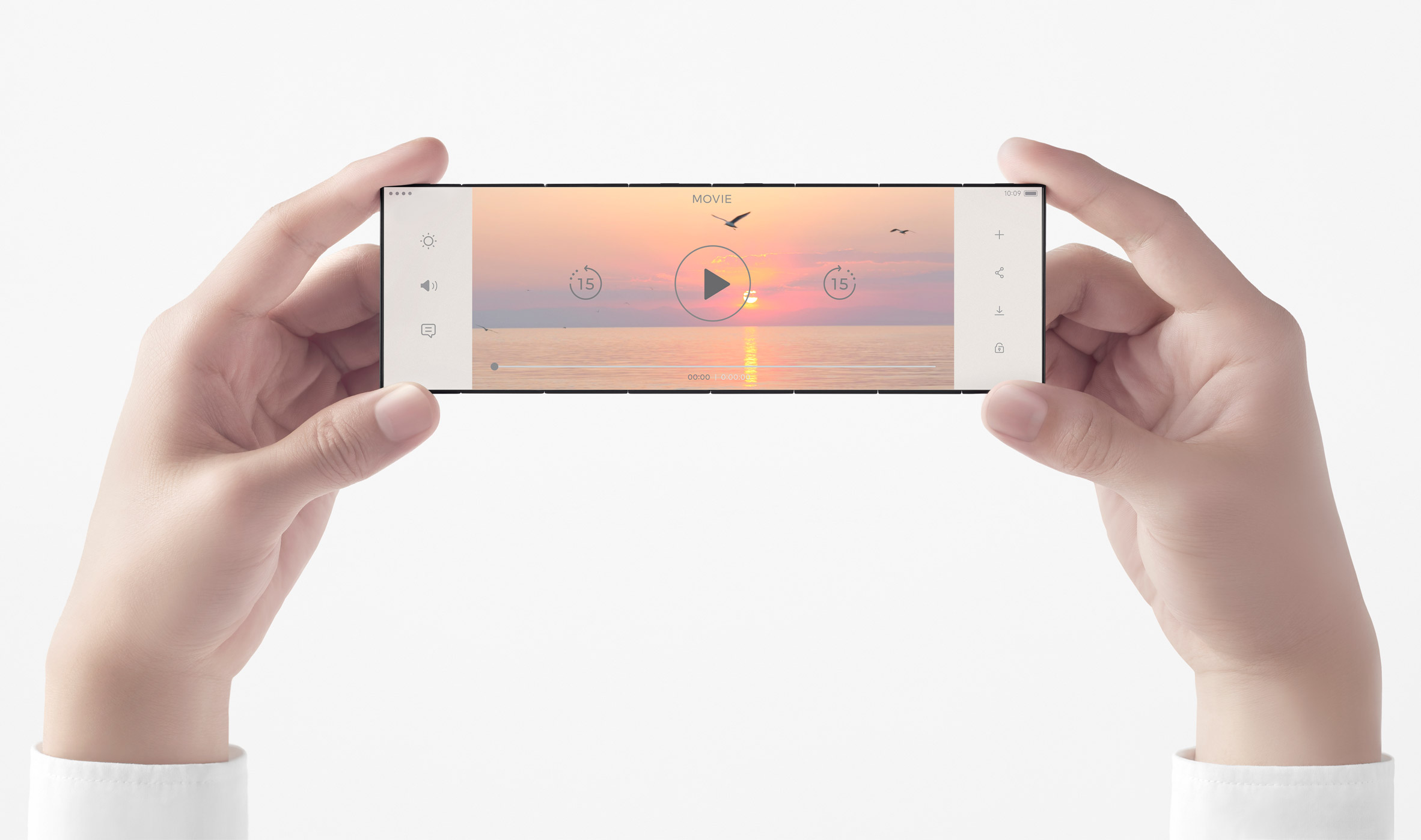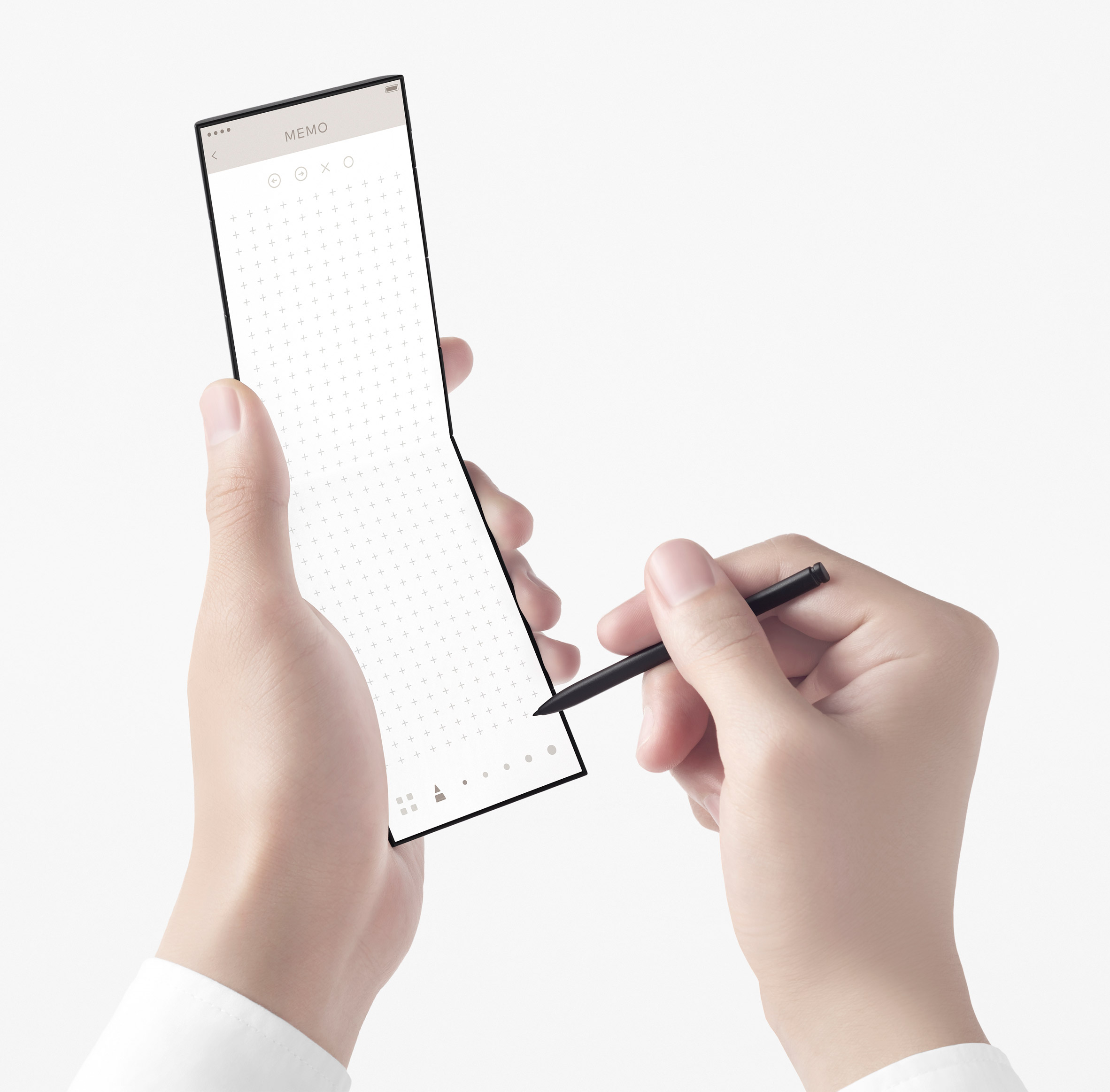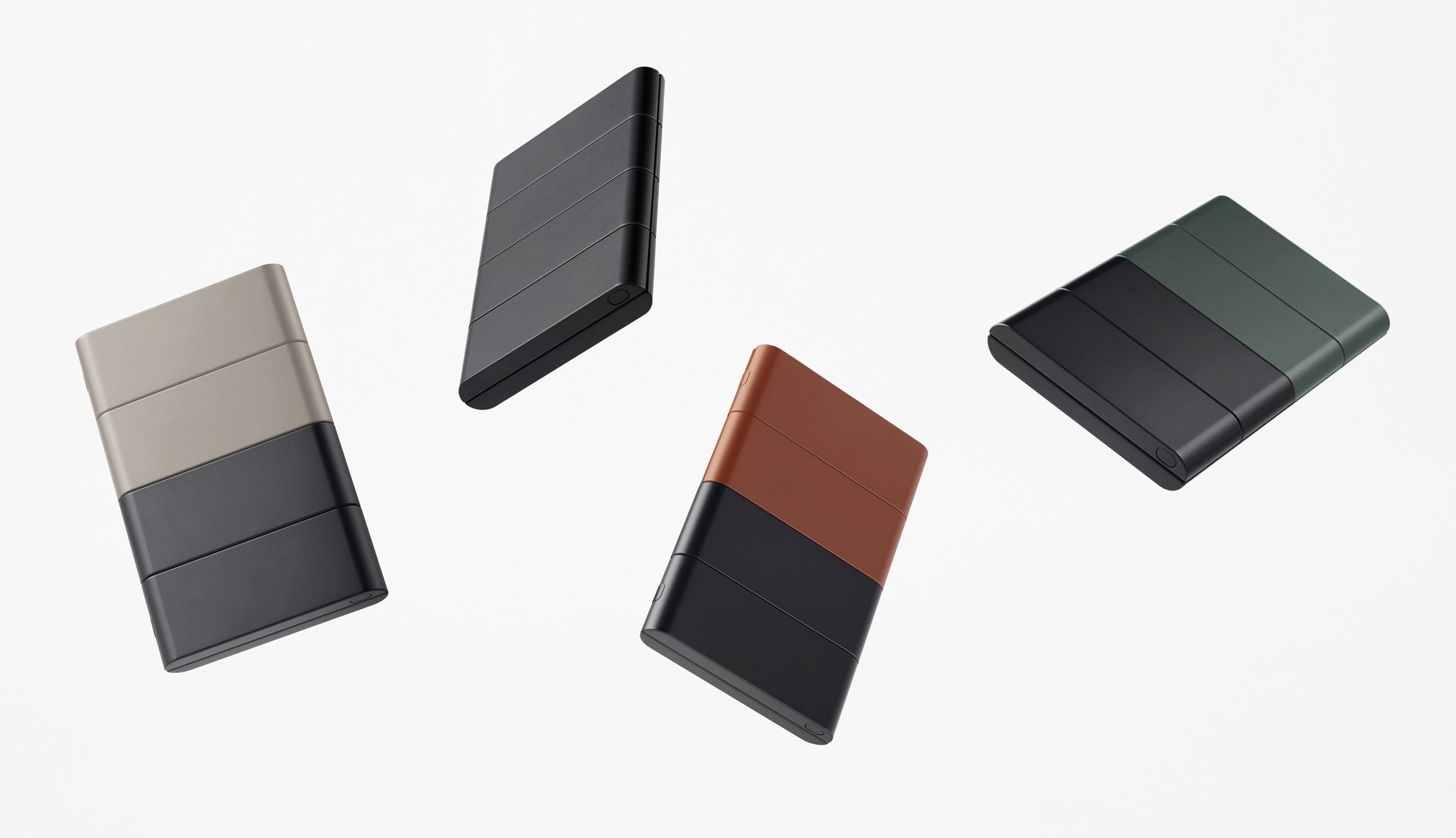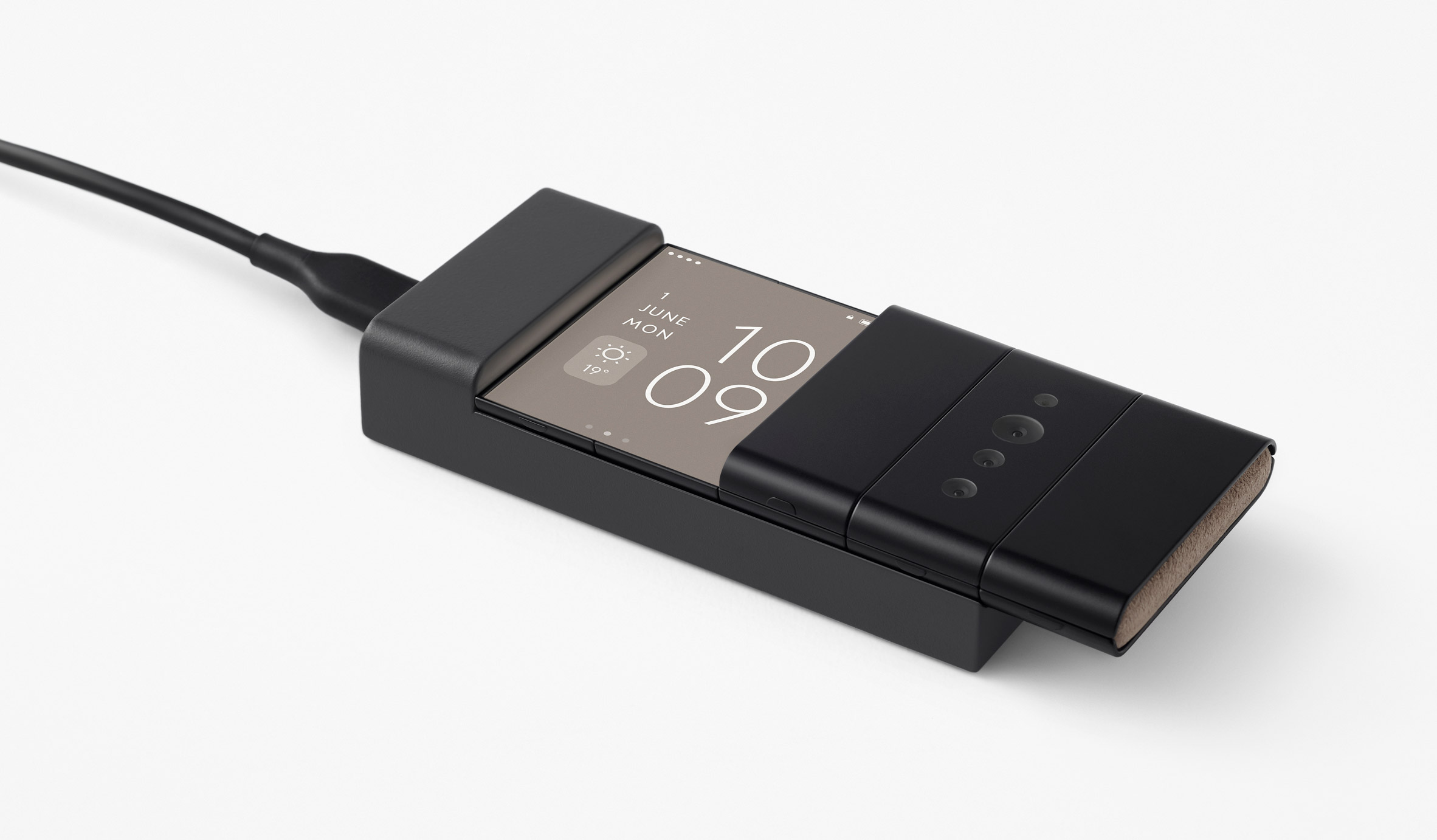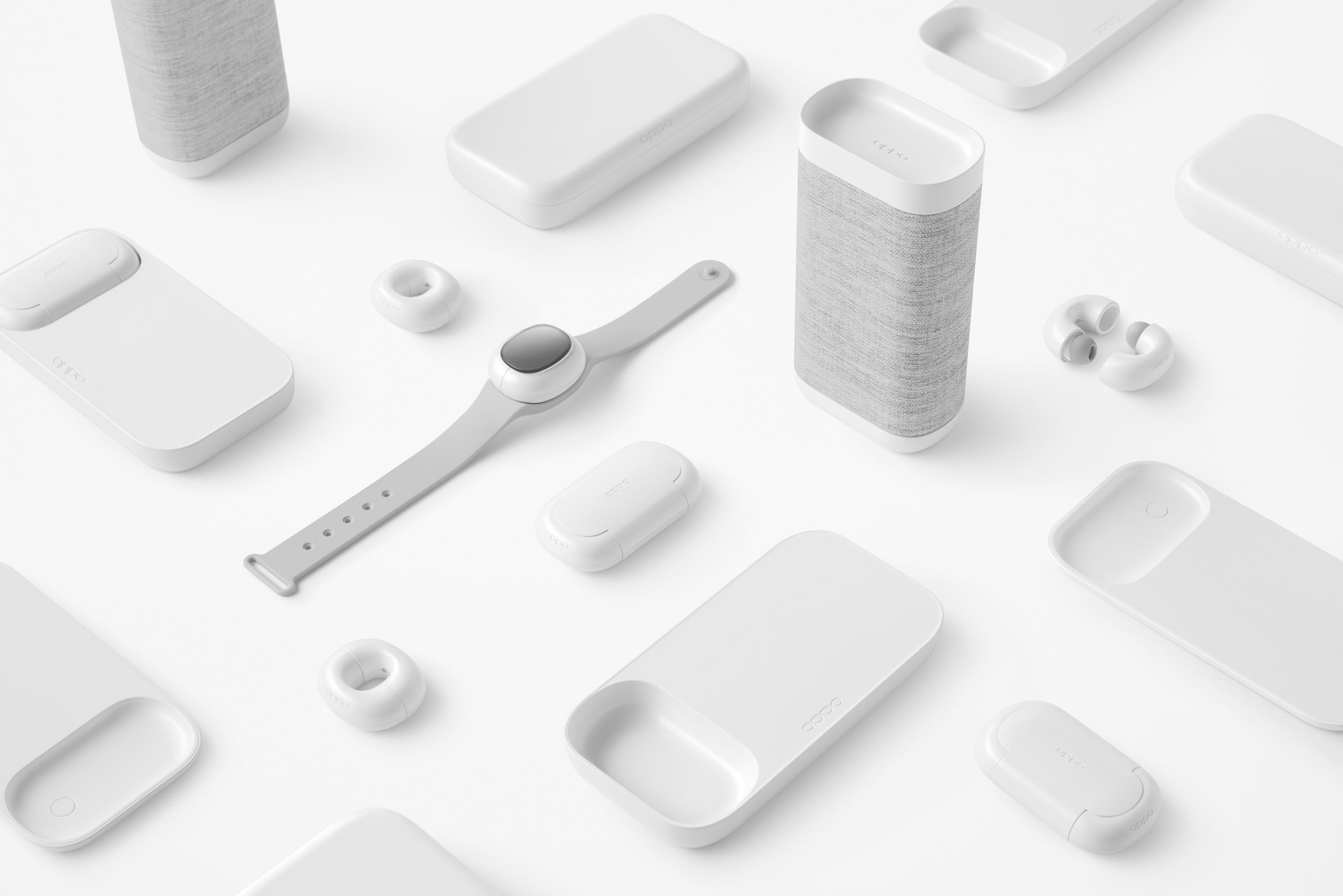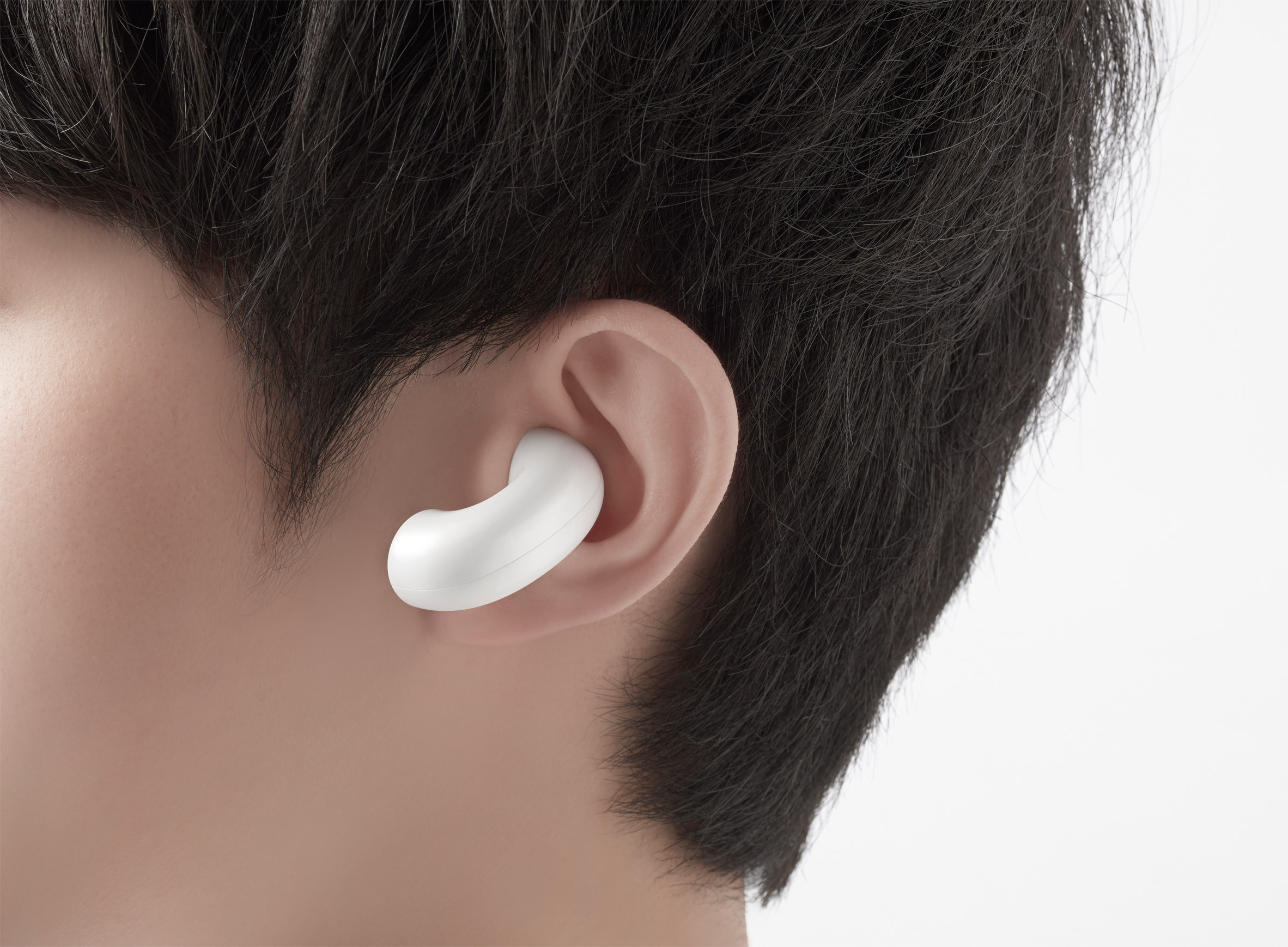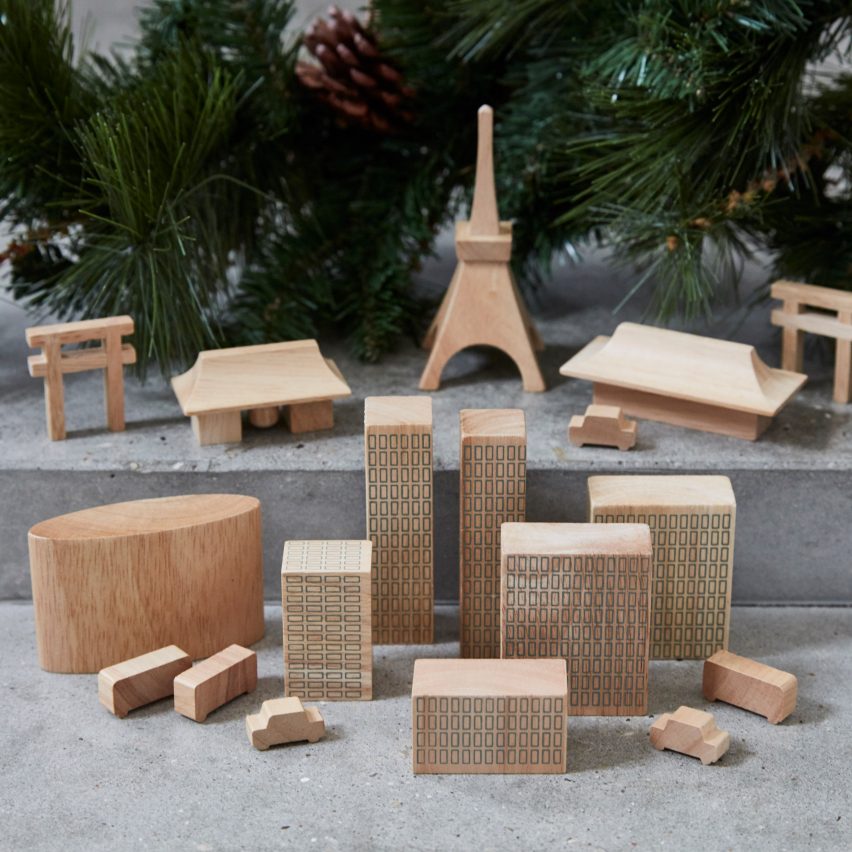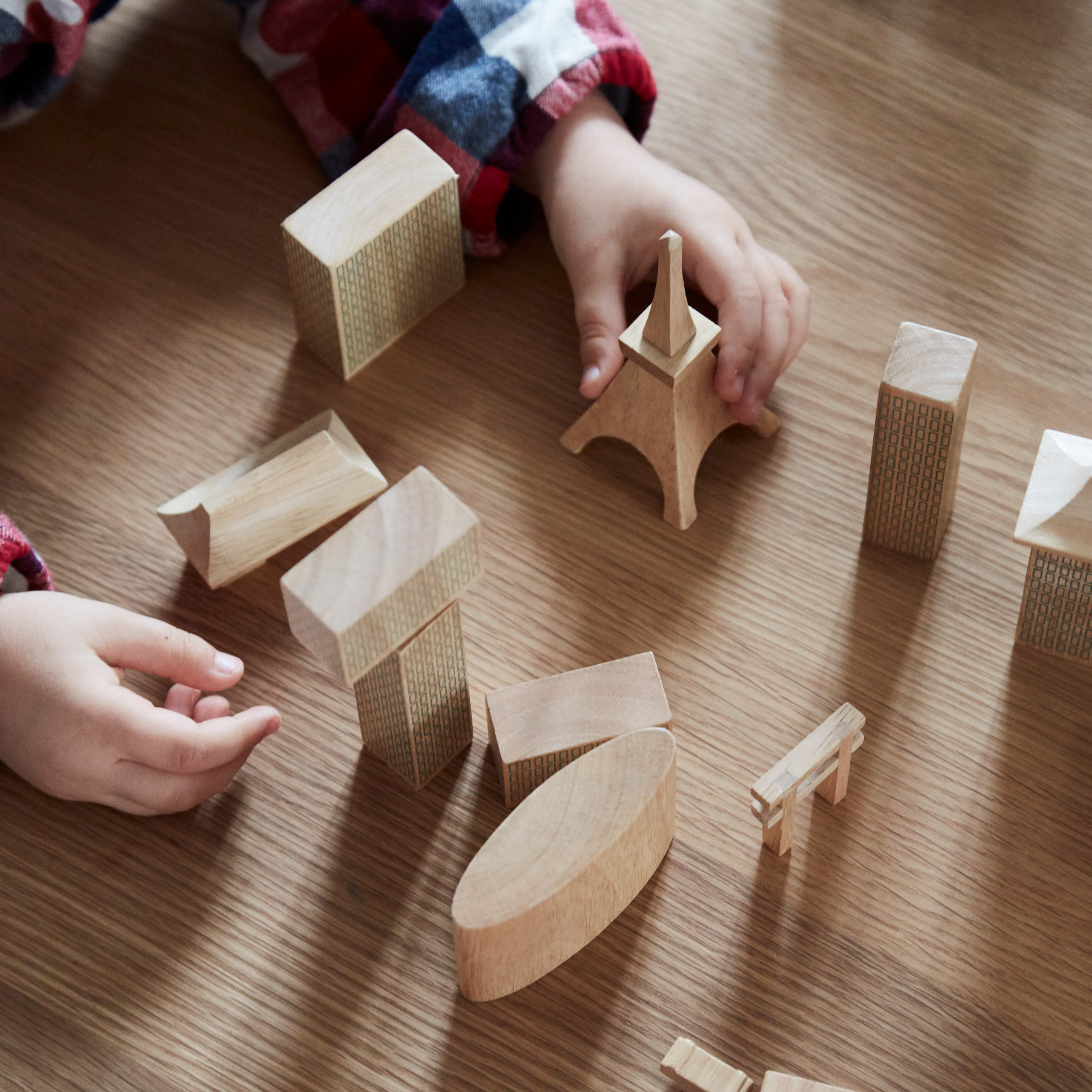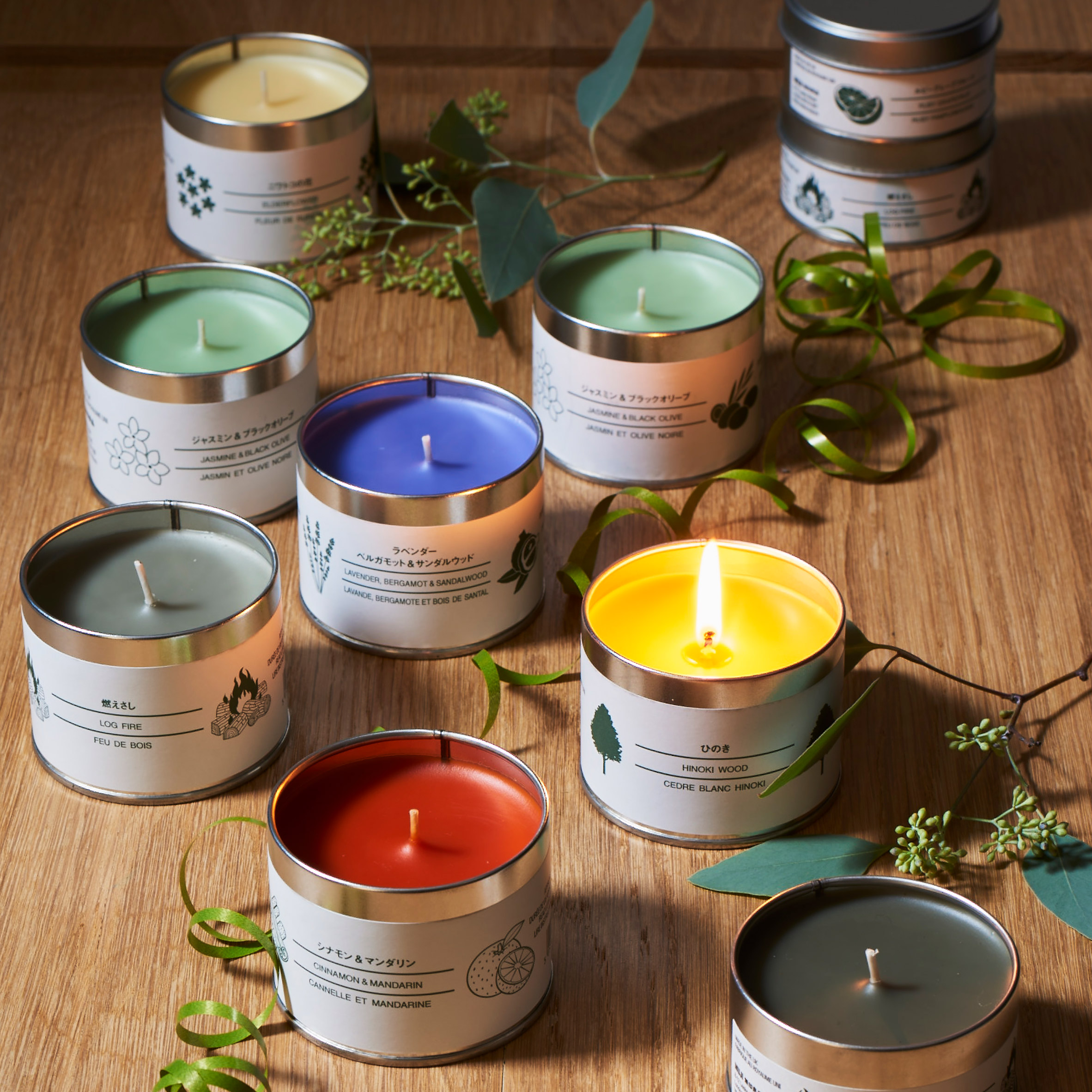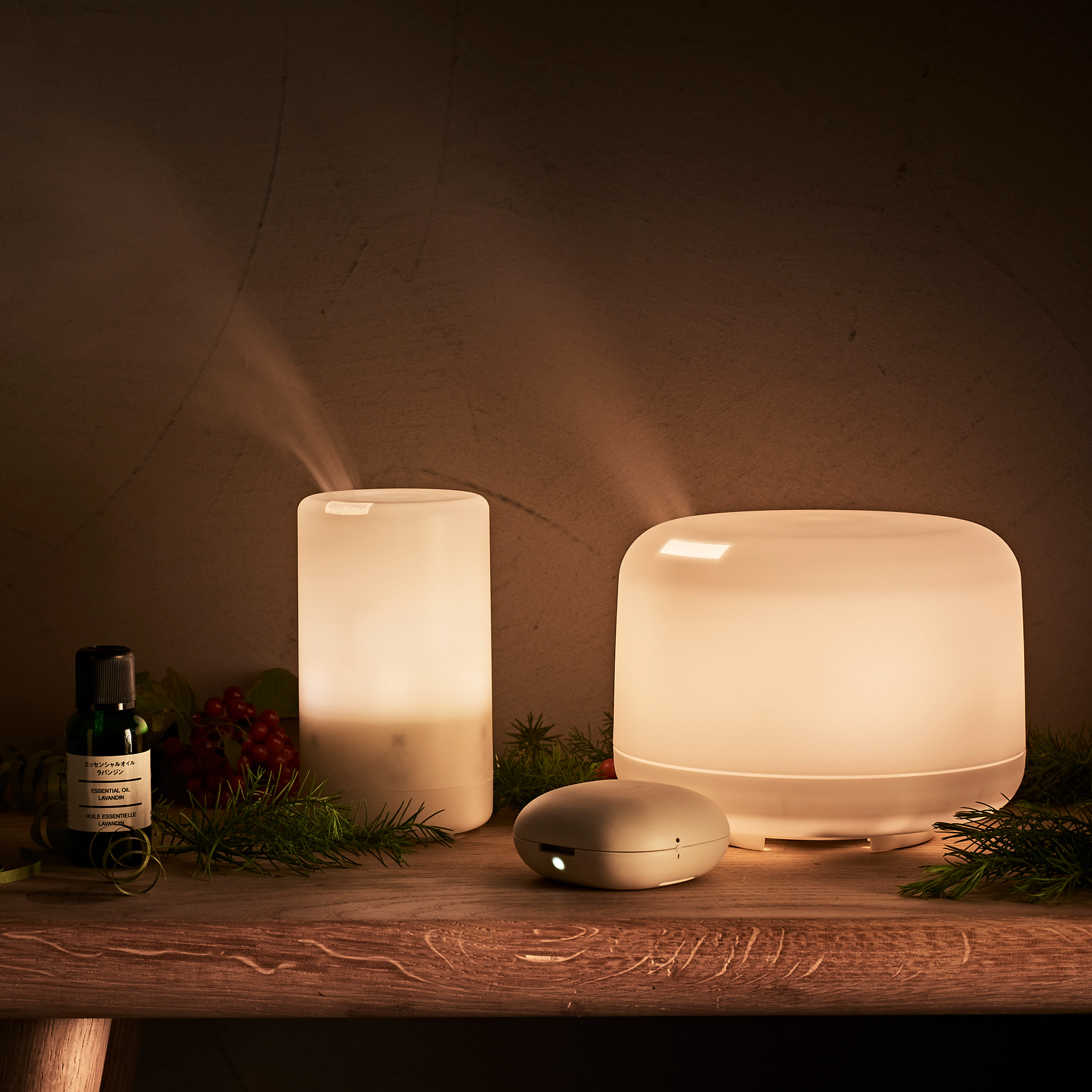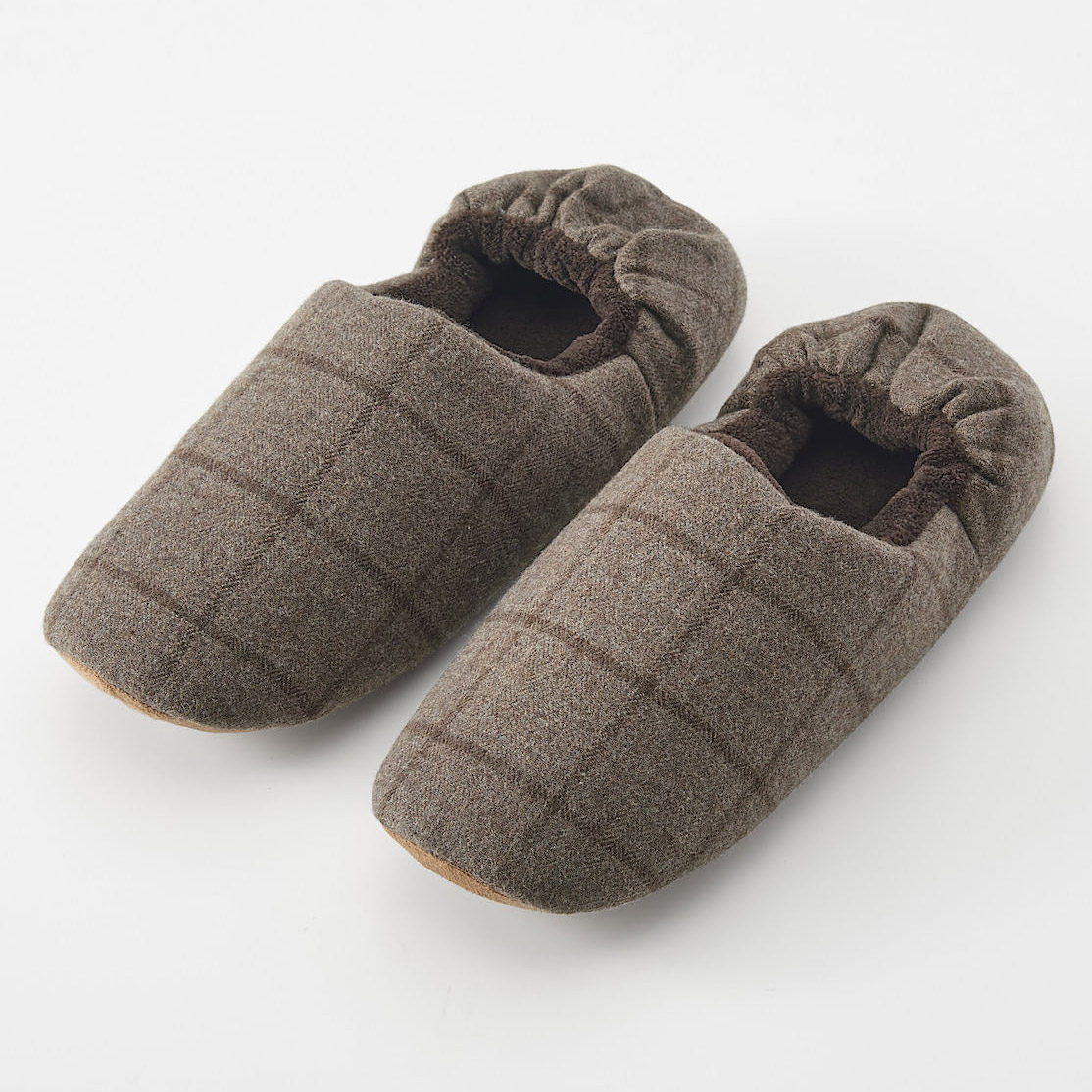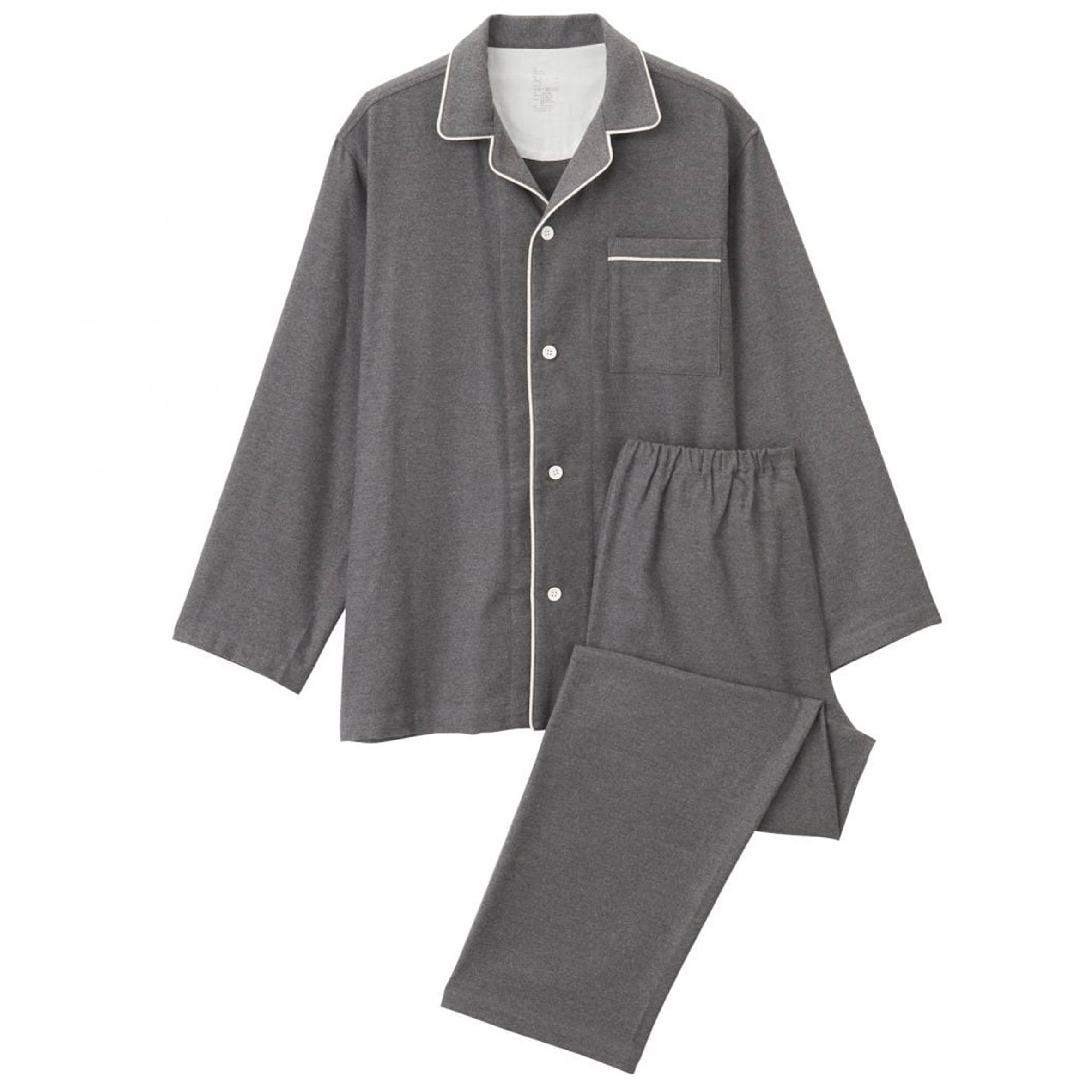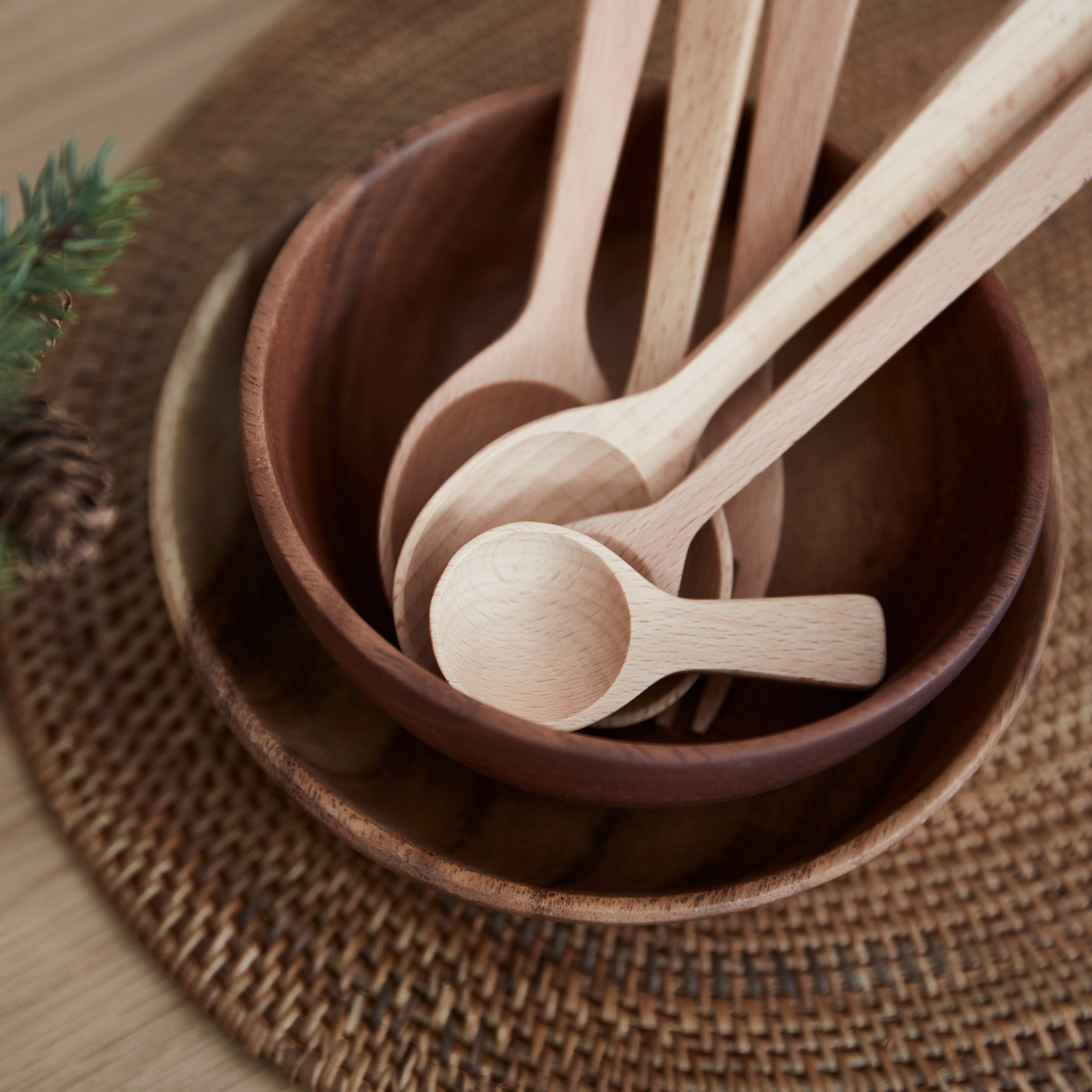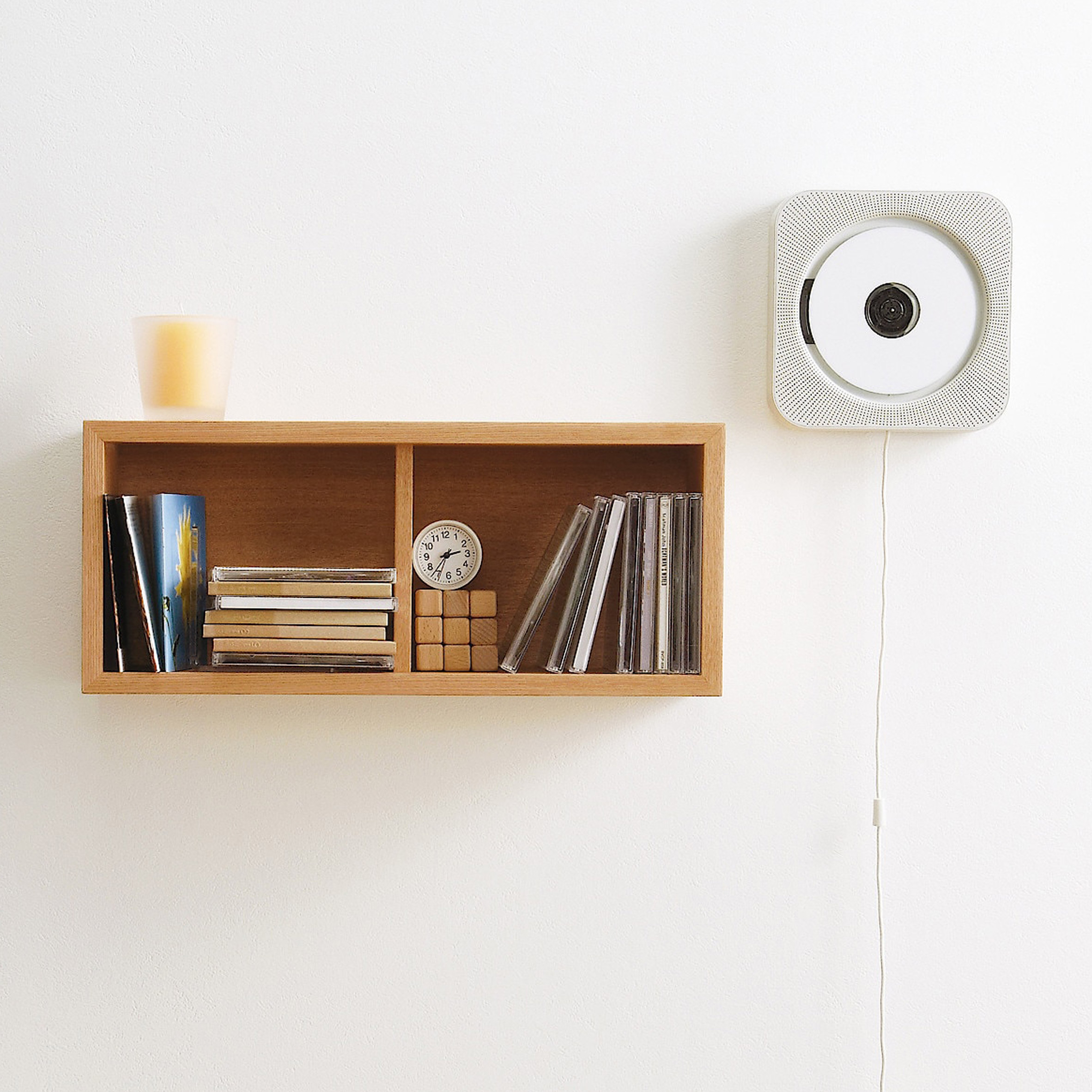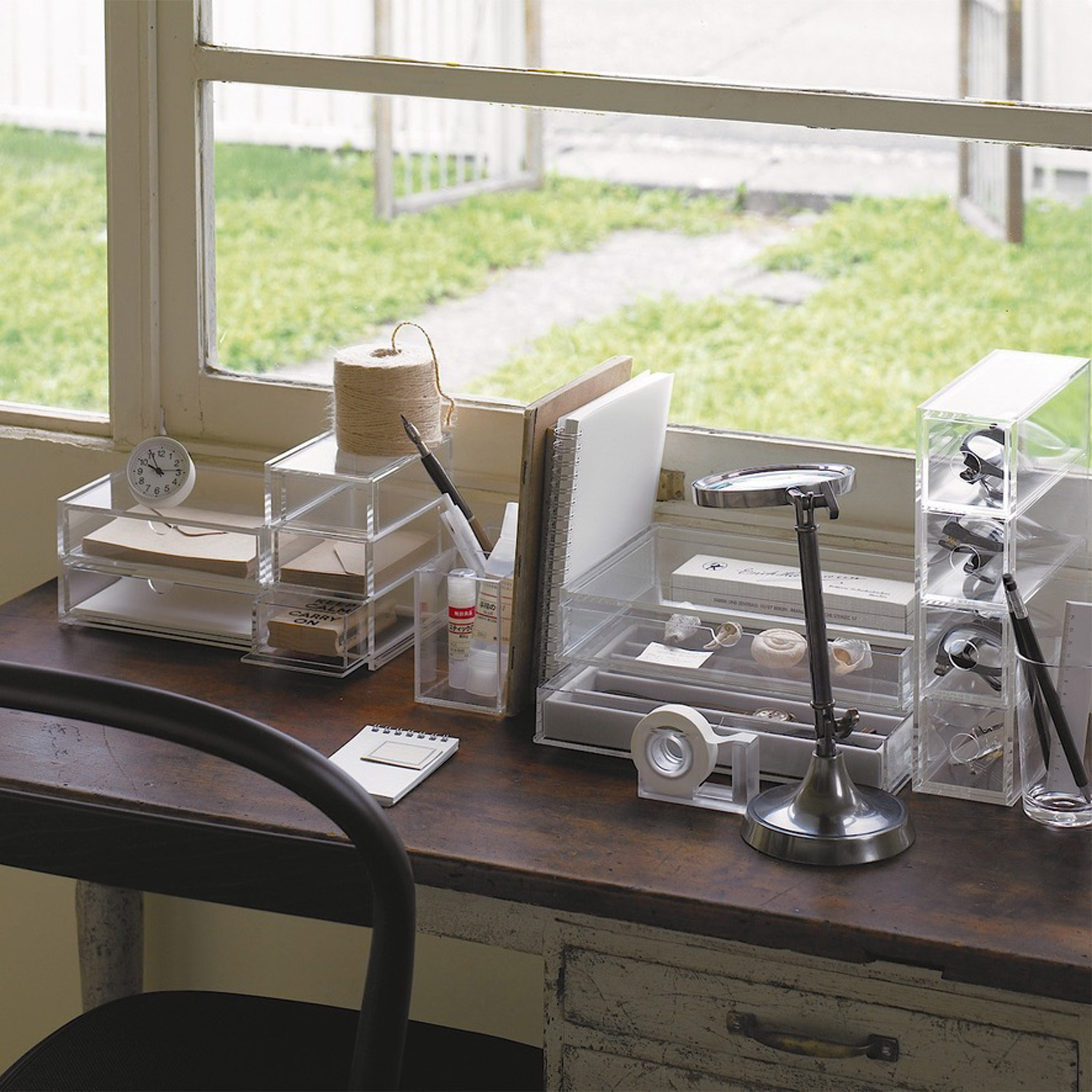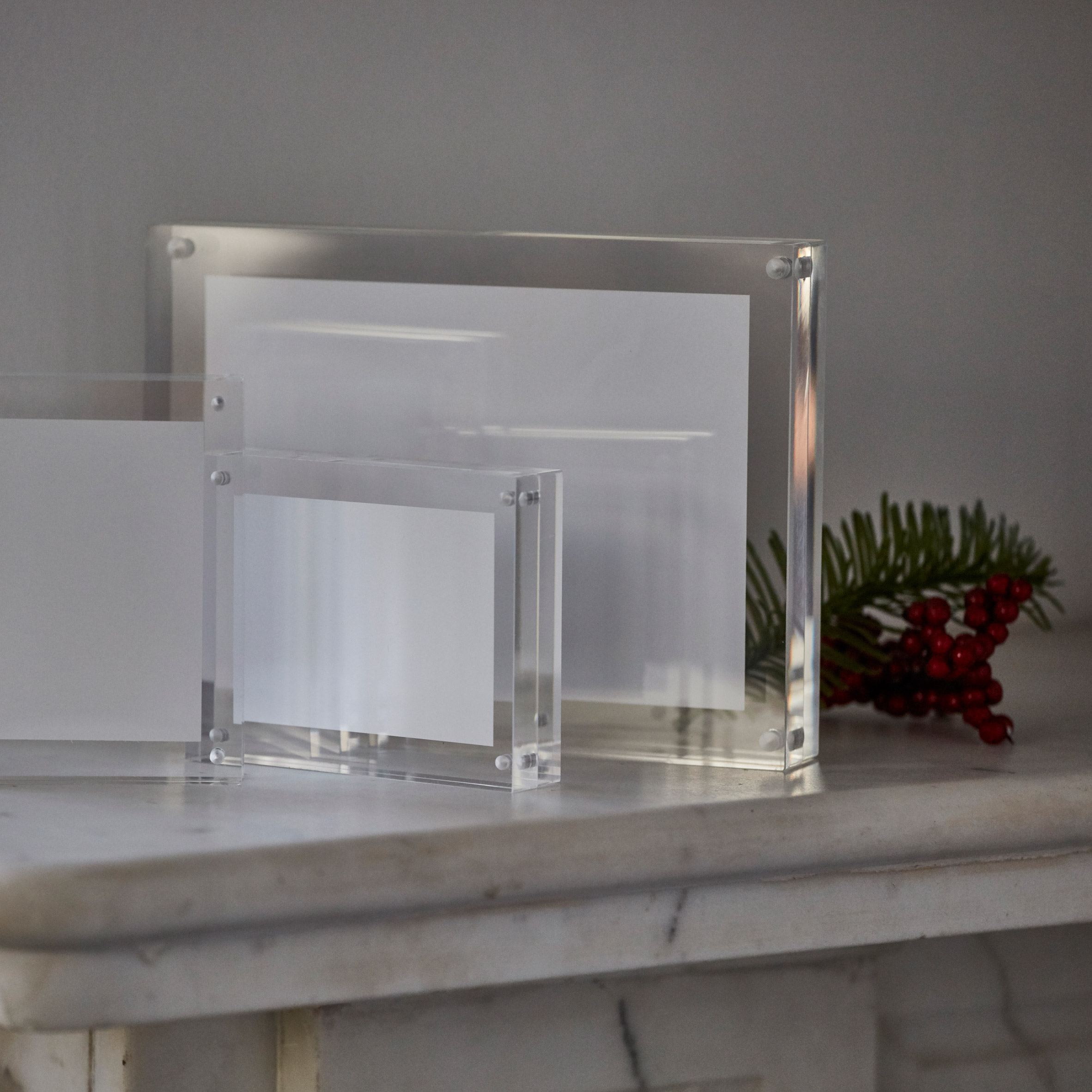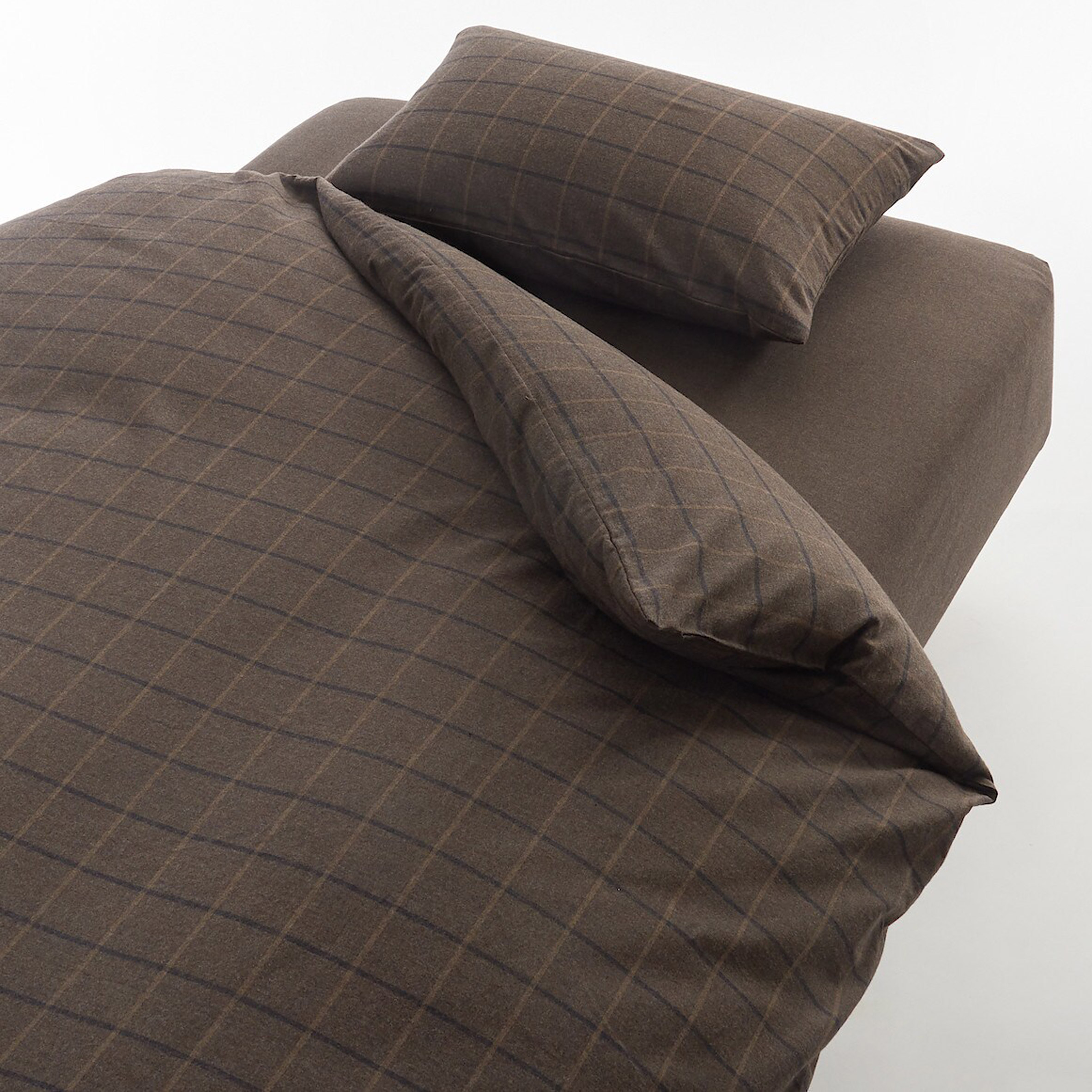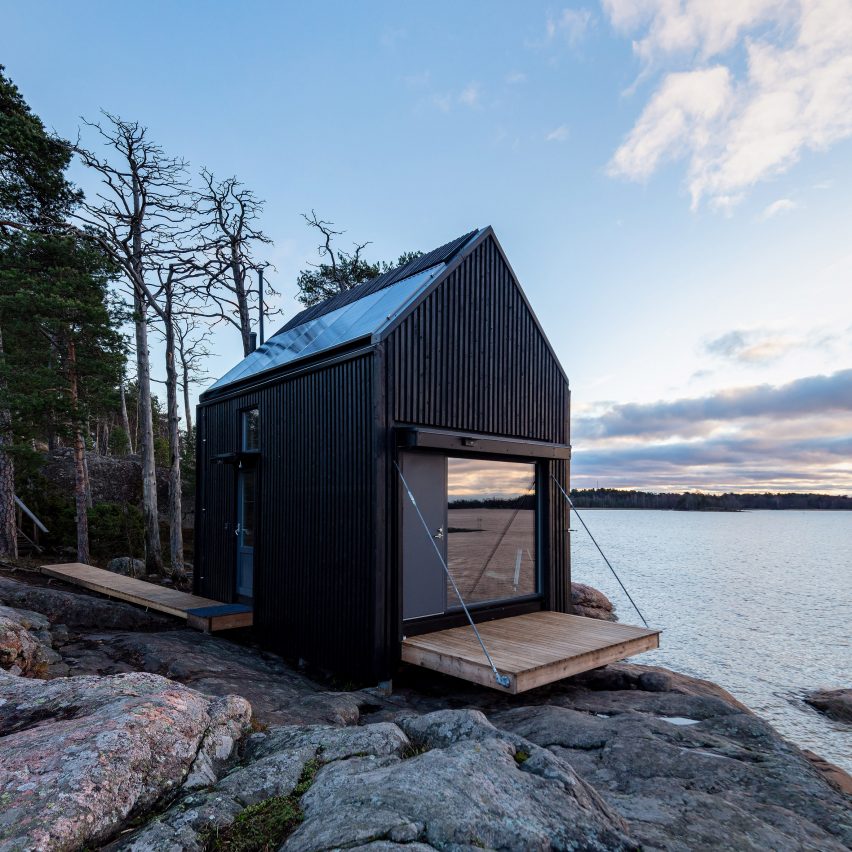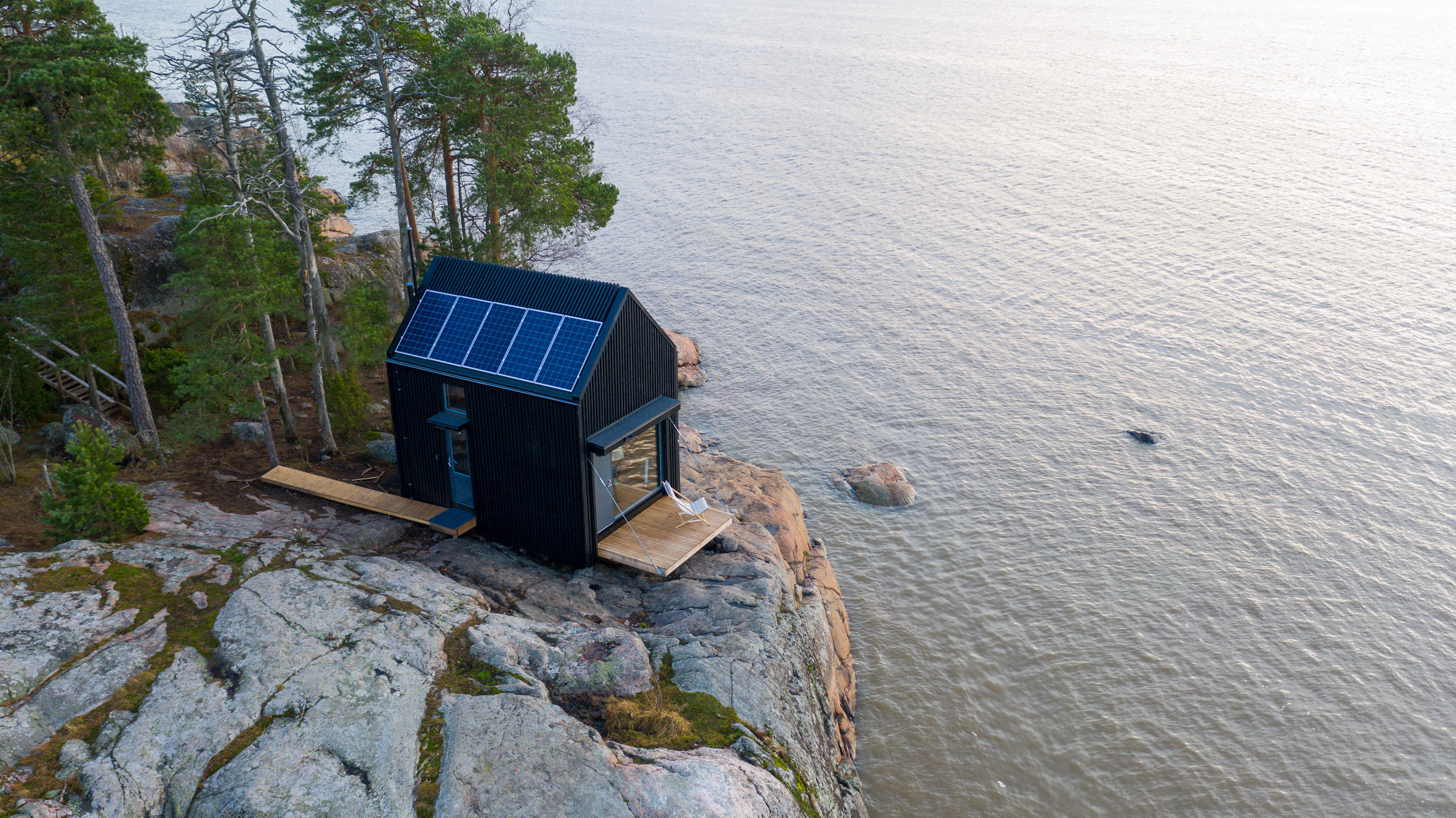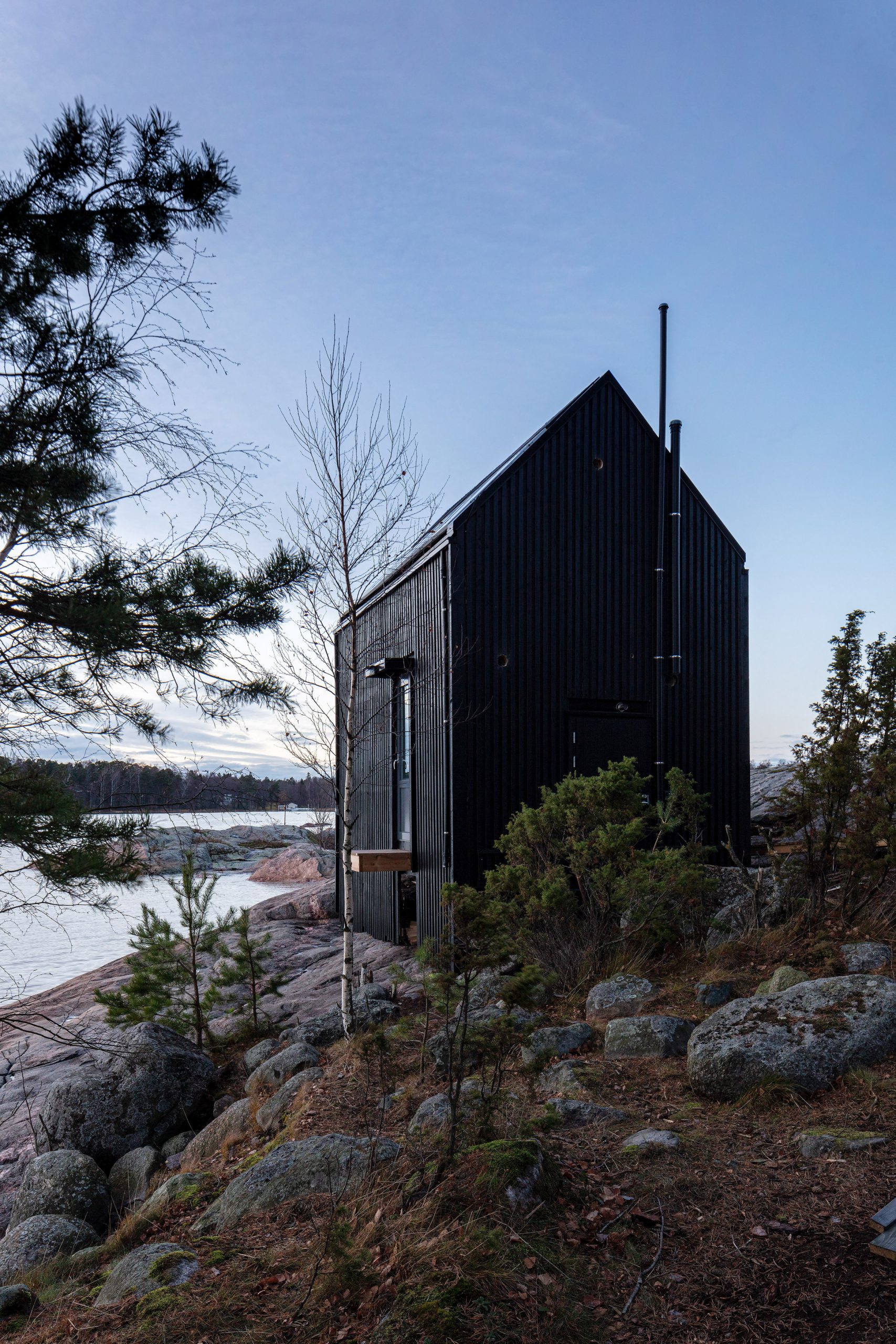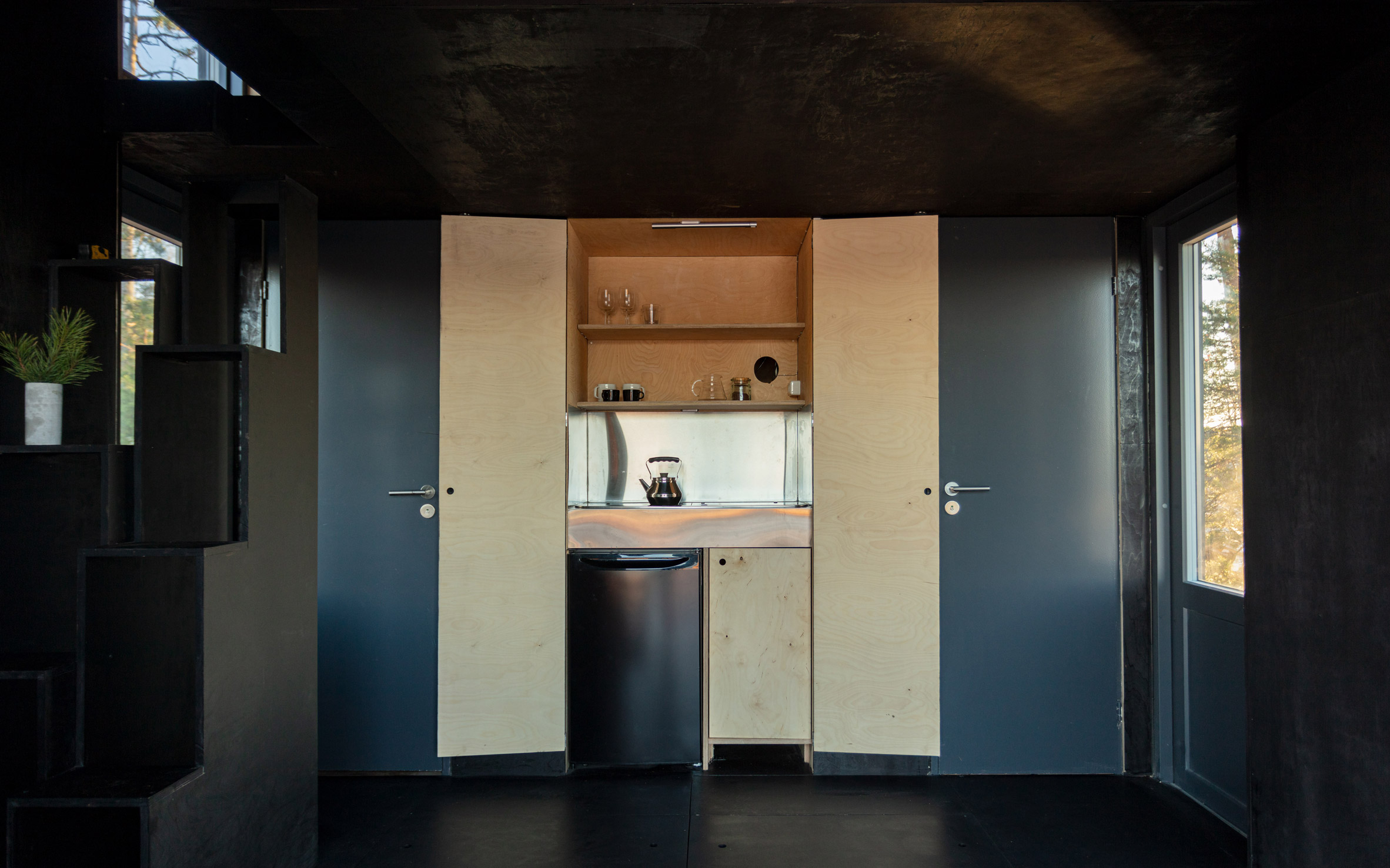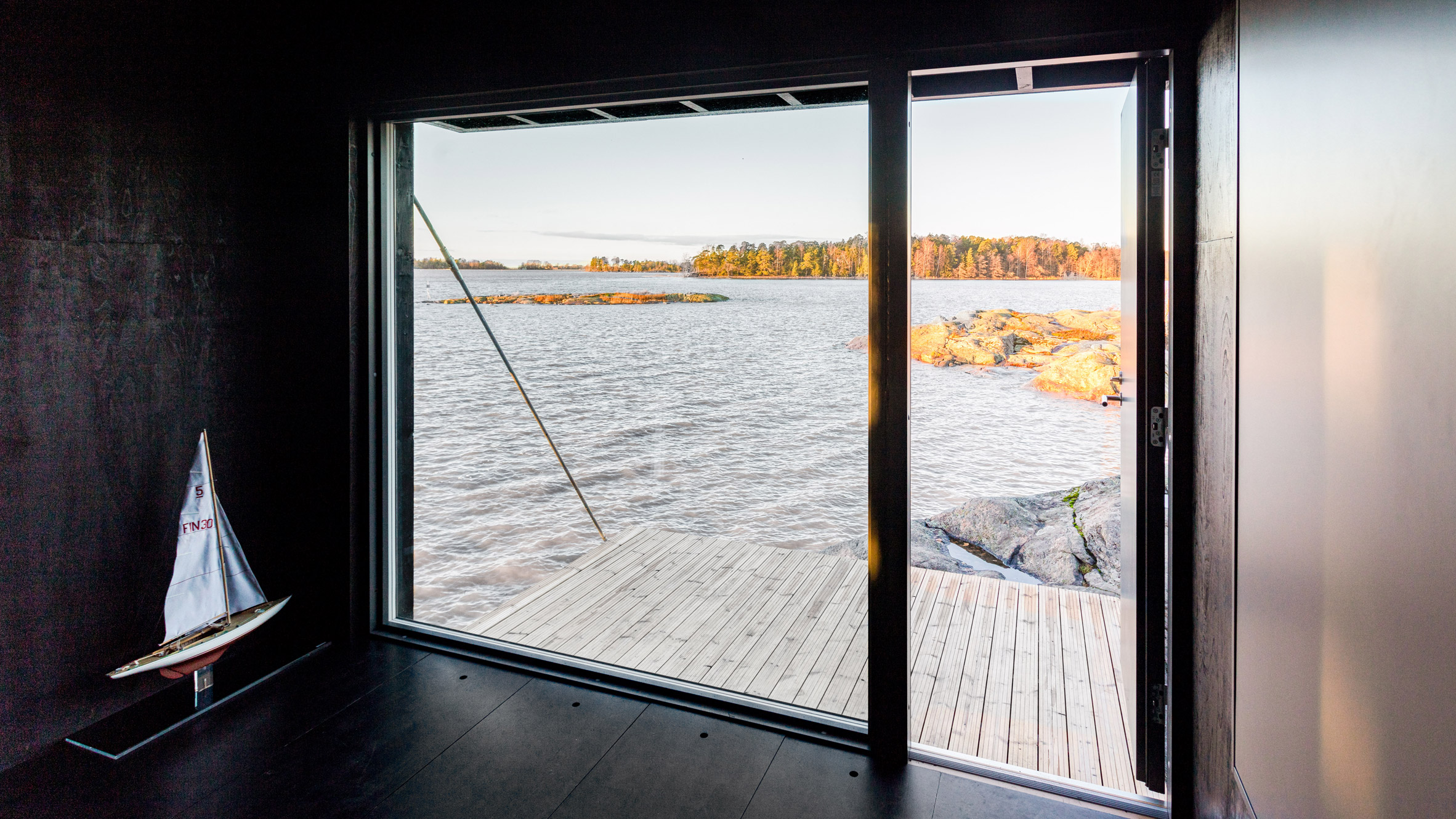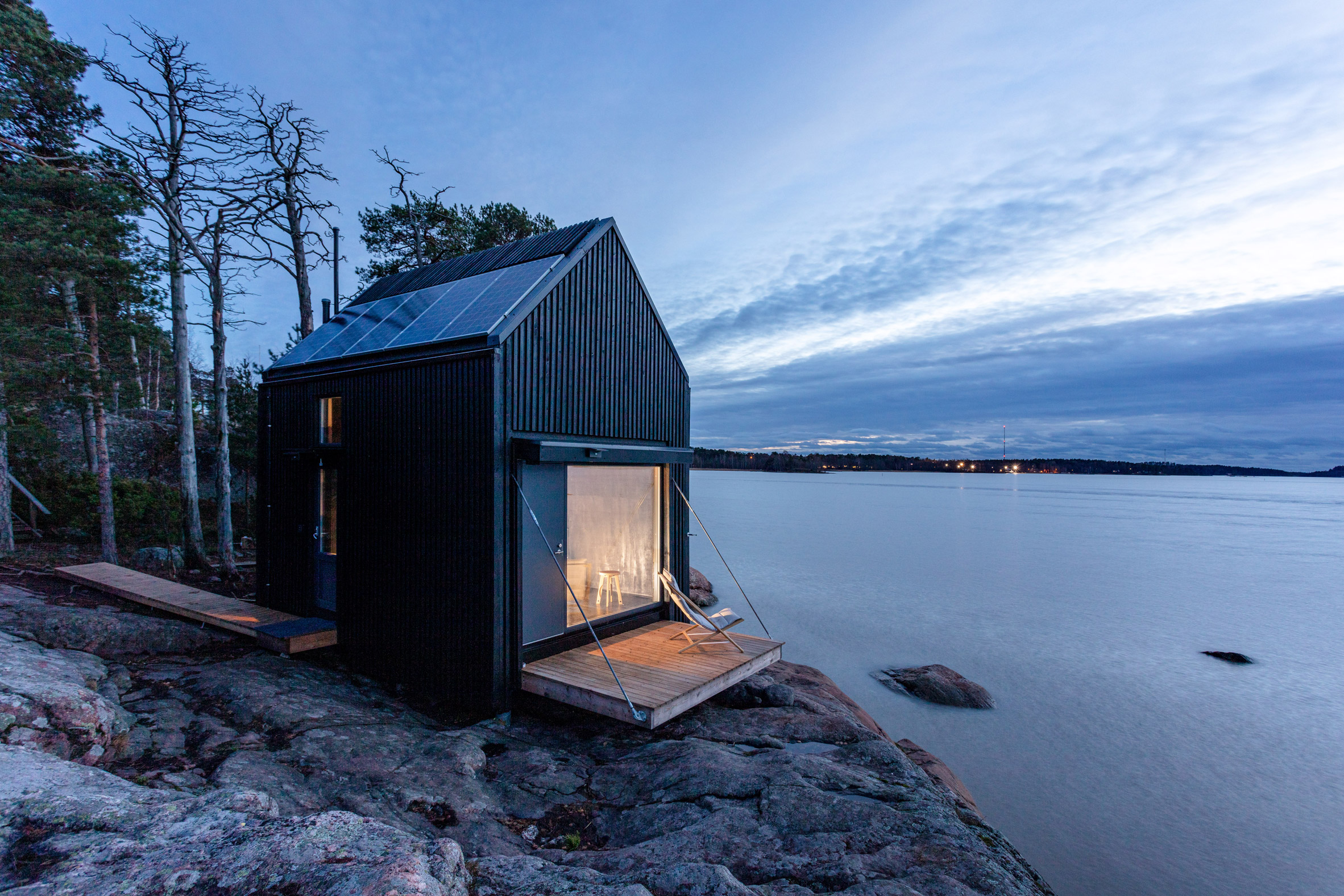
American music producer Pharrell Williams has founded Humanrace, a universal skincare range that comes in reusable packaging made from recycled plastic from landfills.
Humanrace comprises three products designed to be used in succession as a simple skincare routine.
Its Rice Powder Cleanser, Lotus Enzyme Exfoliator and Humidifying Cream come in matching bright green plastic containers made from 50 per cent recycled plastic.

One, two or three white dots on the green packaging provide a quick visual reference for the order in which the facial routine should be performed.
To make the products more accessible, the permanent containers also have the product names written on them in braille, the tactile writing system for blind and partially-sighted people.
These green containers are designed to be a one-time purchase, after which refills are available in paper cartons. The refill containers, which are styled to look like prescription bottles, are printed with vegetable dyes and a water-based coating to make them easy to recycle afterwards.
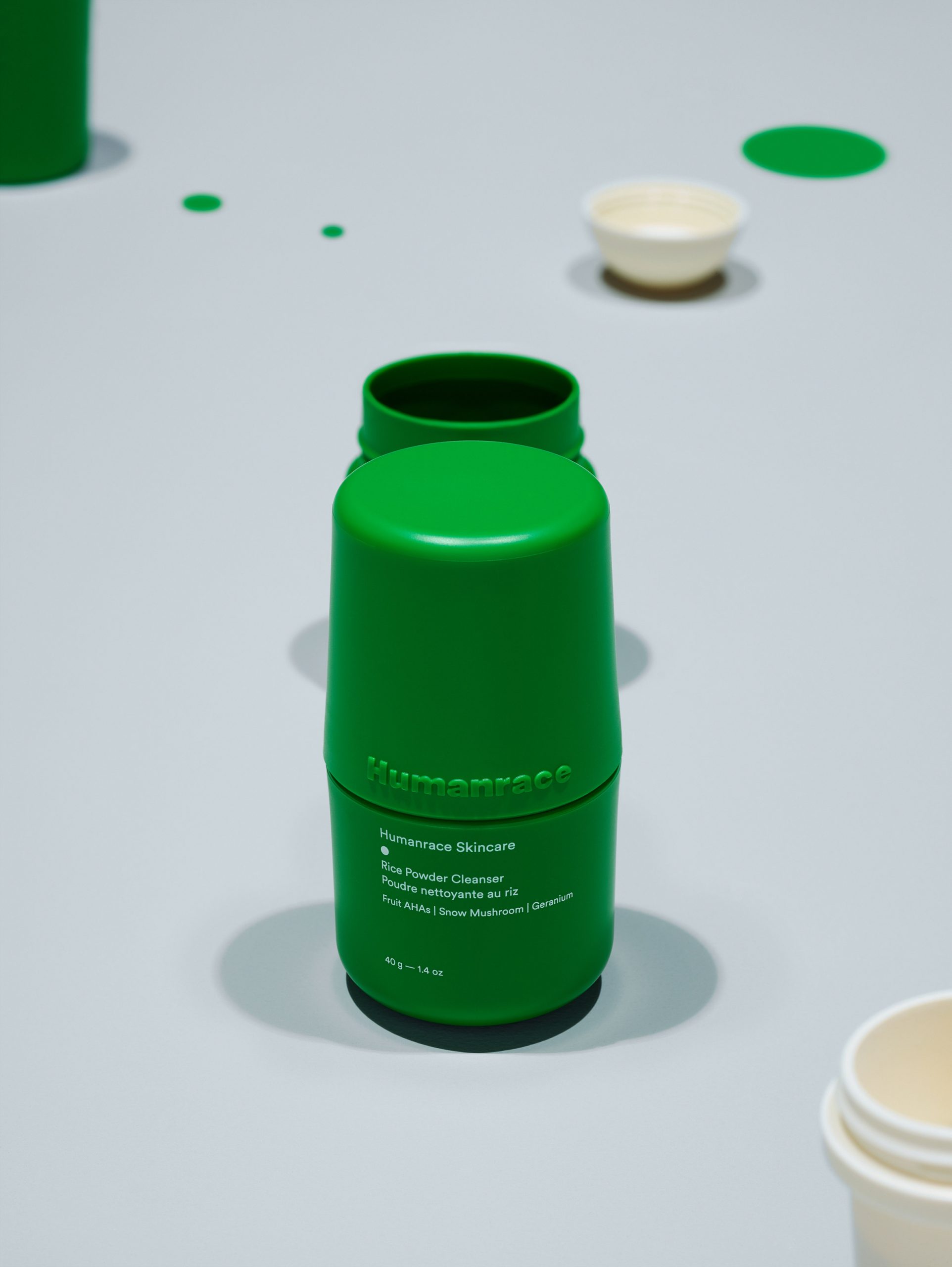
The recovered material used for the green containers is termed post-consumer waste plastic, and is recovered from landfill sites close to the Humanrace manufacturing plant.
Discarded plastic is cleaned and sterilised before being sorted and crushed into flakes. The flakes are washed and dried before being sorted again and blended for melt extrusion – the process of applying heat and friction to turn the flakes into a molten polymer ready to be turned into the new packaging.

Humanrace skincare products are vegan, fragrance-free and designed to be suitable for all skin types.
"My most favourite place to be is on the precipice of what doesn't exist," Williams said about Humanrace.
"Imagining what it can be and then working with an amazing team of architects to reverse engineer and build that thing that didn't exist before."
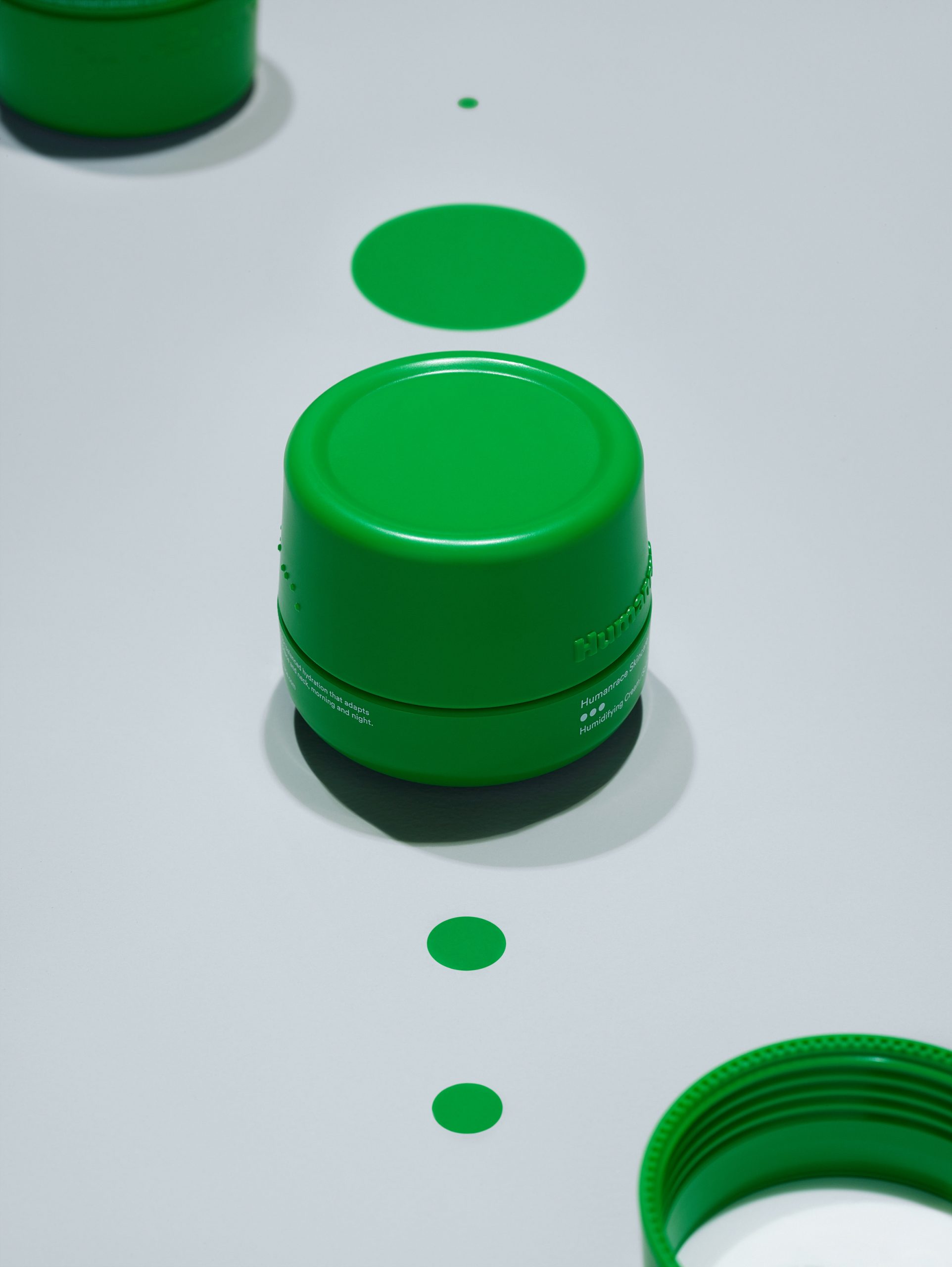
This is far from Williams' first foray into design. Earlier this year he collaborated with design studio Pentatonic to make Pebble, a portable cutlery set made from recycled CDs. He has also championed denim made from plastic recovered from the ocean in a collection for fashion brand G-Star Raw.
The musician and entrepreneur has also moved into architecture, designing a two-tower residential development in Toronto that will feature an indoor waterfall.
More sustainable toiletries include By Humankind's rehydrating mouthwash refill system and Myro's refillable deodorant pods.
The post Humanrace by Pharrell Williams is gender-neutral skincare in reusable packaging appeared first on Dezeen.
from Dezeen https://ift.tt/37kBYJZ

